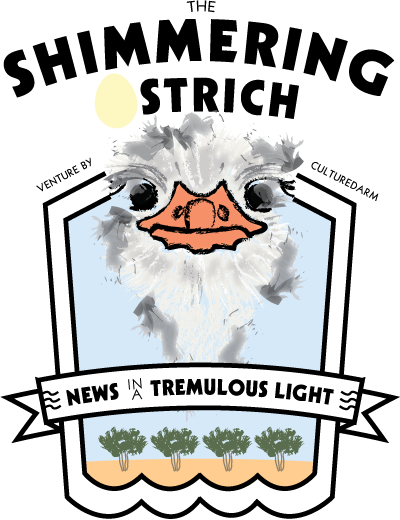
We can pontificate on a history of Swedish police drama extending all the way back to Martin Beck in the late 1960s, and to the first iteration in the early 1990s of Kurt Wallander, lovingly portrayed by Rolf Lassgård. We can rush into headlong chatter about the contemporary wave of what has variously been described as ‘Scandi Crime’ and ‘Nordic Noir’. Or we can stand dumb and stare with a furrowed brow utterly awestruck by The Bridge and Saga Norén, who in the flash of a green Porsche 911, with the audible stretch and crinkle of a pair of well-fitting leather pants, and with the unfurling of a double-breasted H&M overcoat lays all of the rest to waste.
For The Bridge is Scandinavia’s most successful televisual export, surpassing even its illustrious Swedish and Danish siblings like The Killing, Wallander, and Beck, reportedly on screen in as many as 174 countries, and having spawned a couple of remakes, one set between France and England, the other between Mexico and the United States.
Of course fiction is prone to being fictional, and a work of art has no responsibility other than to the world it creates, but if international viewers think that The Bridge is providing a slice of what life is really like in humble Scandinavia, they are sorely mistaken. For a start the whole premise of the show depends on a body being found precisely on the Swedish-Danish border, slap-bang in the middle of the Øresund Bridge. In real life any discerning police officer would simply kick the dismembered corpse a few feet to the other side, leaving the hard work to their foreign kollegor while they returned home for a well-earned pastry rest.
In fact in The Bridge there is rarely ever a break for fika, scarcely a wienerbrød, kanelbulle, or chokladboll in sight. Meanwhile the murder rate on the show has soared to barely sustainable heights. In Sweden, with a population of 9.6 million, there were 87 cases of lethal violence in 2013, and in Denmark, with 5.6 million inhabitants, the number of homicides for the same year totalled 48. Yet in 2013 during the second season of The Bridge, Saga Norén and Martin Rohde alone investigated 37 murders between Malmö and Copenhagen, a body count even show creator Hans Rosenfeldt admitted was ‘ridiculously high’.
Even the vikings weren’t as bloody as this. And the treacherous villains are all arch masterminds, tormented but brilliant, filtering their killing sprees through the fog and rush of social justice movements, rendering their plans so artistically and so schematically that they seem to stand as monuments to the lost grandeur of serial murder.
In interviews Sofia Helin who plays the role of Norén – a character who many believe shows all the signs of Asperger syndrome, including a forthright manner in social interactions which sometimes causes offence – has suggested that Saga would struggle to obtain such a position in our drab everyday. So if we persist to look at the greyed-out world of The Bridge through a prism of life as it actually exists, we might be forced into one conclusion, which is that the show offers not an especially gritty realism but a form of idealism, its events all the products of Saga Norén’s mind.
As she sits at home with Asperger’s struggling for work, Saga tries in her own inimitable way to conceive some sort of connection with the vast outside. She envisions herself insular and isolated but attempting to do good, protecting society from afar through a job as a leading detective, befriending but one Danish counterpart, which offers the boon of foreign travel without disrupting her routine. She imagines casual sexual encounters and plots for herself the meticulous cases which she must then strive to solve.
Or is The Bridge also a mental projection of Saga’s two co-detectives, the fuzzy yet slightly shabby Martin Rohde, and the smart but sometimes drug-addled Henrik Sabroe? Through the course of their respective seasons both men constantly project demons, battling the mirage of their enemies as they are forced to realise the disintegration of family life. Has family life already disintegrated, as a consequence of adultery and substance abuse? Do we witness nothing but their deluded rationalisations, as they resort to elaborate criminal explanations for their own shoddy behaviour? Whatever, The Bridge shows that life across borders sure can be lonely sometimes.





